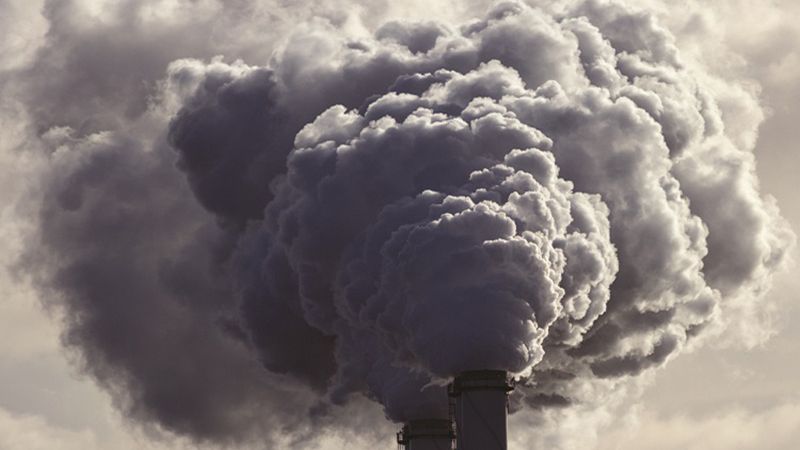A global push to meet nature-related sustainability goals over the next six years could deliver more than 20 times the return on investment, according to a study commissioned by the Green Growth Knowledge Partnership (GGKP).
Authored by biodiversity economists at the UN Environment Programme World Conservation Monitoring Centre (UNEP-WCMC), Closing the Gap: Investing in Natural Capital to Meet the Sustainable Development Goals explored how much 40 strategically chosen countries need to invest to meet key UN Sustainable Development Goals (SDGs) linked to nature conservation and restoration, more efficient use of natural resources and the reduction of water and air pollution.
It estimates $7.4trn would need to be invested between now and 2030 to meet nine key nature-related SDG targets, while closing the natural capital gap could generate the economic equivalent of $152trn – $20 for every dollar spent.
Additionally, the report said investing to meet nature-related targets can avoid nearly 4.5 million premature deaths every year between now and 2030, restore more than 250 million hectares of agricultural land and increase terrestrial protected areas by 396,000 hectares.
James Vause, report author and lead economist at UNEP-WCMC, commented: “The world is facing immense economic, climate and geopolitical challenges, on top of the long-term impacts of the Covid-19 pandemic and crises that have followed. It is no surprise we are behind on sustainable development goals for nature and other priorities. However, our report shows just how much there is to gain if we collectively invest in nature.
“We cannot continue to think in terms of trade-offs between economic progress and efforts to tackle pollution and the destruction and degradation of nature. Delivering the Sustainable Development Goals means finding development pathways that restore and enhance, rather than further degrade, natural assets. The action agenda set out to help deliver this is a challenging one, but the benefits of doing so for people and the economy, as well as the planet are likely to be huge.”
Best return potential and key actions
According to the report, action on two particular priorities – safeguarding important ecosystems and tackling air pollution – would result in high benefits globally. For example, combined action on ecosystem restoration could close the natural capital gap by 34%, with the highest returns on investments from protecting and maintaining natural ecosystems, and restoring degraded agricultural land.
On pollution and consumption, the study found the US, India and China stand to gain the most in this category if they all act on air pollution, cutting greenhouse gas emissions and reducing and improving their use of natural materials.
Key actions stressed by the researchers include: ending environmentally harmful subsidies and incentives, boosting protected areas and the implementation of nature-based solutions and a global effort to move “beyond GDP” as a measurement of determining holistic returns.
“Too often investing in nature is seen as a ‘nice-to-have’, something to be done once all other needs are met. Yet, human well-being is dependent on nature. Without a healthy, thriving environment, there is no way to achieve our sustainable development goals,” Adriana Zacarias Farah, officer in charge at GGKP, added.
“As this report demonstrates, closing the gap between our current stock of natural capital and what is needed to meet the UN Sustainable Development Goals is not only a good economic investment but has enormous benefits for people and the environment. Investing in nature helps us address each pillar of the triple planetary crisis, and choosing not to will set us back on achieving the future we want.”








